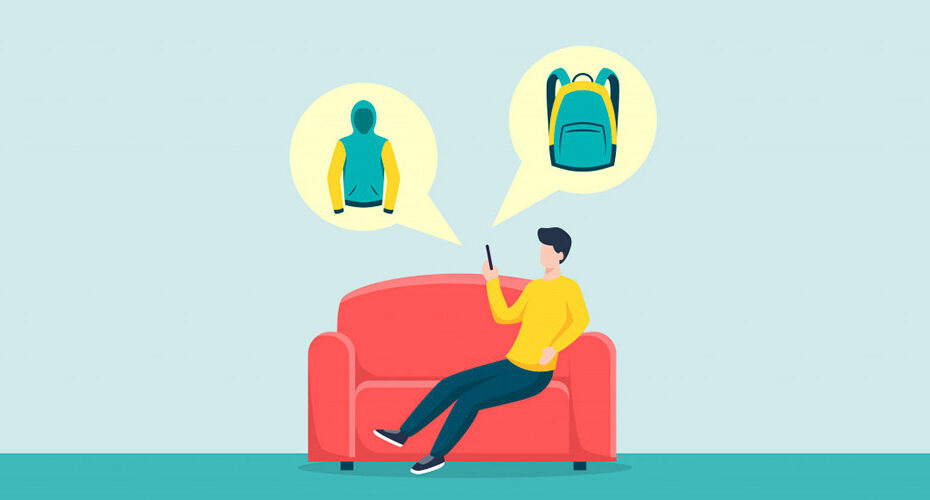According to a study conducted by University College London and published in the European Journal of Social Psychology, it would take on average 66 days to transform a new behaviour into an established habit. In other words, in just over 2 months and, as if by magic, every novelty could become an established behaviour.
Therefore, it is not surprising how the long months of lockdown have radically changed the consumption behaviours of individuals around the world and have cancelled – perhaps forever – the traditional way of buying and selling, opening the doors to the future.
For the first time, numerous consumers have been forced to shop online, overcoming prejudices and resistance. Progressively, those who have already made online purchases – perhaps occasionally and in a targeted way – expanded the product categories of interest and increased online shopping, in terms of frequency and volumes.
Have we changed so? Yes, a lot: Euromonitor carried out a thorough investigation, observing the new relationship between consumers and digital channels, and found that…
1. In 2021, online growth will affect all sectors
Compared to 2020, consumers will be persuaded to buy far more goods and services through smartphones and tablets. If hitherto, the great star of the digital turning point has essentially been the food and food delivery sector – with impressive data for the Italian market that state 1 in 4 Italians order meals at home – 2021 will see customers expand their range of e-commerce purchases.
Travel, personal care goods, clothing, accessories and technological objects will witness double-digit online sales growth, reaching hitherto unimaginable thresholds.
2. Millennials and Generation X will lead the revolution
Besides Gen Z and Post-Millennials: the transformation of shopping, from offline to online, will be firmly led by consumers born between the mid-70s and early-90s. Smart enough and practical with the digital tools they work, play and entertain with, and decidedly solid at an economic level, they are the most interesting and profitable target. What do they buy the most? They generally spend on beauty products, personal care and electronic items. On the other hand, younger people aged between 15 and 30, buy travel, clothes, shoes and – of course – food online. Lots, and lots of food.
3. We will prefer to “make it mobile”
Increasingly Italians are buying online, especially from smartphones.
Although the lockdown forced the whole world to stop and stay at home, mobile tools were still the masters in e-commerce. Once the PC was archived, consumers all over the world filled their carts on mobile phones, perhaps kidnapped by some sponsored offer that appeared on social networks, where they spend most of their free time or conquered by the new digital tools for shopping. Nowadays, you can simulate the fitting on your mobile phone in a virtual dressing room, you can follow a make-up tutorial in live-streaming and you can even buy from the comfort of your home, sitting on the sofa, while talking with a shop assistant on a video call.
Sounds good, doesn’t it? It’s spelt video-commerce, it’s pronounced ShopCall: this is the most phygital tool in vogue, allowing retailers to open the doors of their store through the screen of a mobile phone. All the customer has to do is click a link and activate the video call with the shop: in a few seconds, they will be connected with the sales assistant who can frame the products on sale through their smartphone, showcase novelties as soon as they arrive in the shop and above all, advise customers and respond to all their doubts in real-time, overcoming the coldness of a solitary online purchase while making aseptic virtual shopping more human.



